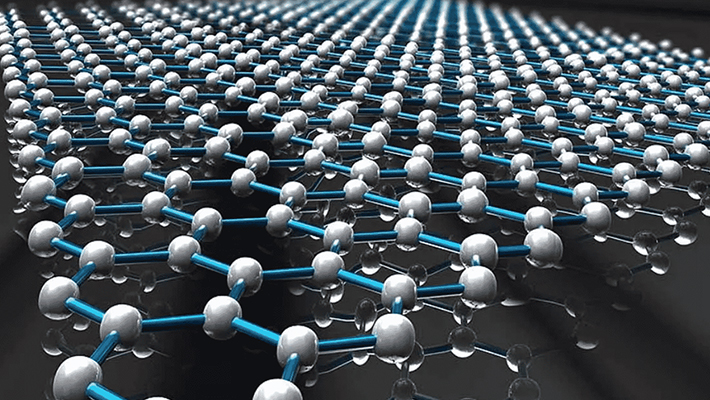First ABNT standard for Graphene published in Brazil.
January 31, 2023
The Brazilian Association of Technical Standards (ABNT) published the first standard in Brazil on the characterization of graphene (ABNT ISO/TS 21356-1), one of the most worldwide researched materials and with great impact on numerous industry sectors. The objective is to standardize the methods and validate results for the industry. The commission that translated the document has Inmetro as a participant.
According to Erlon Ferreira, researcher at Inmetro’s Materials Metrology Division.
“The publication of the national standard represents an important advance, because today there are barriers to commercialization that prevent the advancement of products containing graphene and that need to be overcome through reliable measurement protocols. Standards such as this are essential for graphene to be used as an additive in industrial products such as composites, hybrid materials, construction structures, paints and coatings, among others”.
The Brazilian standard follows the international publication, which was prepared with the collaboration of more than 30 countries, Brazil being one of them, within ISO/TC 229 – Nanotechnologies. The process had the active participation of Inmetro, it has recently published an article in Nature Review Physics, one of the most important publications in the scientific field, highlighting the importance of this ISO standard.
Inmetro is a pioneer in graphene research in Brazil inmetro is a pioneer
When you Google graphene, you are sure that this material will revolutionize the industry in the coming years, after all it is an excellent electrical conductor, 200 times more resistant than steel, and much thinner than a sheet of paper, thus being a potential element for several industrial segments.
Brazil has an enormous reserve of raw materials and has been carrying out advanced research in the area of measuring the fundamental properties of graphene, such as those carried out at Inmetro, which has one of the most modern centers for the characterization of nanomaterials.
Erlon Ferreira also commented that “The intention is to standardize methods and validate results, in order to guarantee that a given application is using the right type of graphene or material derived from it”. According to Erlon, graphene represents a great advance for the industry, due to its superlative properties and applicability in several types of technology products, benefiting the materials that are available in the market today.
What is Graphene?

Graphene is currently the thinnest material in the world. It has a two-dimensional layer of carbon atoms arranged in hexagonal structures, and the height of an atom. This material is produced by extracting surface layers of graphite.
Graphene is a record holder in some physical properties, due to the chemical bonds formed between carbon atoms and its thickness. Mechanical resistance, thermal and electrical conductivity, for example, make graphene one of the most promising materials in the world. It is the toughest material ever known, and can withstand pressures of up to 130 gigapascals. Materials such as steel, widely used in construction, withstand only a third of this pressure.
Graphene is also quite elastic and therefore returns to its original size quite easily. Due to its small areas of each carbon hexagon, it also has high impermeability, being able to be used as a small net capable of holding gases that leak very easily from their containers, such as hydrogen. In addition to being extremely resistant, graphene is very light: its density is 0.77 g/m², about a thousand times lighter than a sheet of paper.
For more news and information like this, follow our blog and stay on top of all the news in the market.



